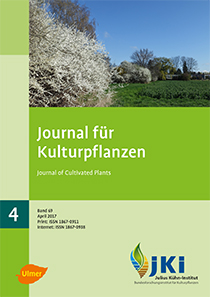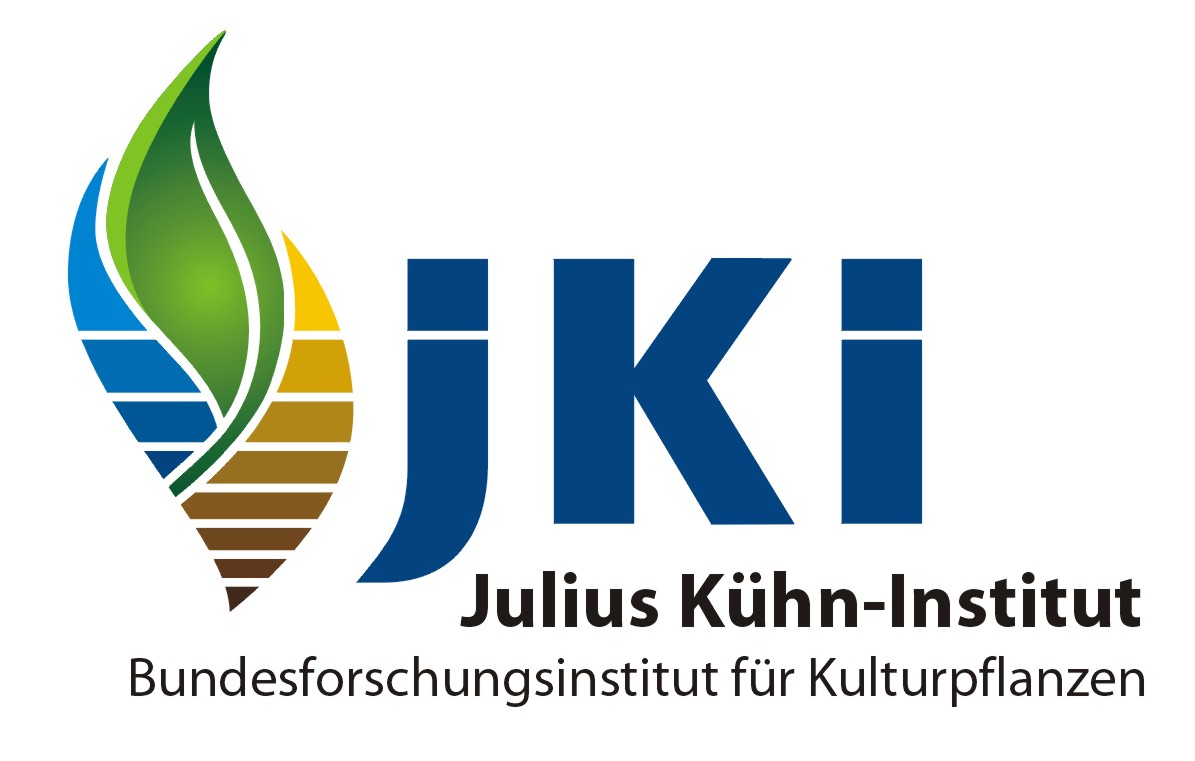Untersuchungen zur Anbaueignung von Sojabohnen in Deutschland
DOI:
https://doi.org/10.5073/JfK.2017.04.02Schlagworte:
Sojabohne, Anbaueignung, geografische InformationssystemeAbstract
Mit fortschreitender Klimaerwärmung und neuen, früher abreifenden Sorten mit gutem Ertrag wird der Anbau von Sojabohnen auch in Deutschland zunehmend interessant und erreichte 2015 bereits eine Anbaufläche von 17.500 ha. Geeignete Anbaubedingungen vorausgesetzt, ist die Sojabohne in der Lage, höhere Eiweißerträge in höherer Konzentration und besserer Qualität als die heimischen Körnerleguminosen Ackerbohne, Erbse und Lupine zu liefern. In der breiten Praxis fehlt es aber noch an Erfahrungen, insbesondere auch bezüglich der Anbaueignung unter den vielfältigen Standortverhältnissen Deutschlands.
Deshalb beschäftigt sich der Deutsche Sojaförderring seit einigen Jahren mit der Frage, geeignete Kriterien zur Charakterisierung der regionalen geografischen und klimatischen Bedingungen in Deutschland in Bezug auf die Anbaueignung von Sojabohnen zu finden bzw. zu definieren. Als Kooperationspartner fungierte dabei das Julius Kühn-Institut.
Im Wesentlichen ging es darum, Einflussfaktoren wie Temperatur, Niederschlag, Globalstrahlung und Bodengüte geeignet zu klassifizieren und entsprechend zu gewichten, um die örtlichen Rahmenbedingungen für den Sojabohnenanbau objektiv bewerten zu können und in einer detaillierten Karte zu visualisieren und zu dokumentieren.
Die im nachfolgenden Beitrag vorgestellten Ergebnisse stellen einen Konsens zwischen allen beteiligten Wissenschaftlern dar und gelten seit Mitte 2016 als geeignete Orientierungshilfe.
Veröffentlicht
Ausgabe
Rubrik
Lizenz
Der Inhalt dieser Zeitschrift ist lizenziert unter der Creative Commons - Namensnennung 4.0 Lizenz. Sie dürfen das Material in jedwedem Format oder Medium vervielfältigen und weiterverbreiten, remixen, verändern und darauf aufbauen und zwar für beliebige Zwecke, solange die Originalpublikation zitiert wird (Autoren, Titel, Jahr, Zeitschrift, Band, Nummer, Seiten).
Urheber- und Nutzungsrechte verbleiben beim Autor. Die Autoren räumen dem Journal für Kulturpflanzen sowie dem Julius Kühn-Institut und dem OpenAgrar-Repositorium das nicht-ausschließliche Nutzungsrecht ein, das Werk zu verbreiten und zu verwerten.







